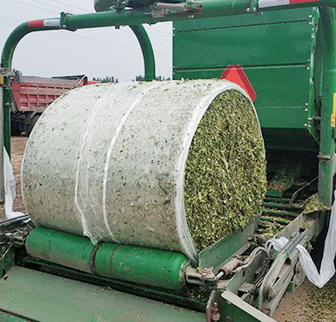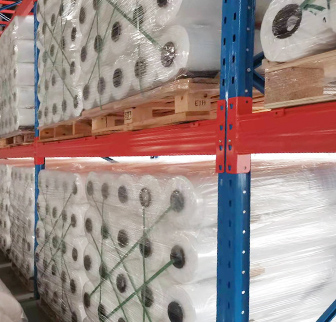Recent years, the use of a wide polythene film which is also called silage film to bind bales before wrapping has grown significantly.
Supporters of this baling method claim that it will be to current net-wrap what net-wrap was to twine binding.
Whether this will prove to be the case or not is yet to be seen; however, the makers of such film & film baling, claim that over 1.2 million bales were wrapped in Ireland in the last year alone.
As it stands, many combi-wrappers have been launched recent years which are capable of wrapping using this film & film baling method, with other manufacturers currently in development.
There are, of course, pros and cons to the film & film approach. In terms of cost, the price difference between silage film (net replacement film) and net-wrap means an additional cost.
However, claimed benefits of the film & film baling system include a much better oxygen barrier, easy film removal, less waste, easier recycling and, vitally, enhanced silage quality – including a good reduction in silage mould.
On a trial conducted on a commercial farm in England, under “real working farm conditions”, Dr. Davies from UK says that he observed the following results:
– 7.5% less dry matter (DM) losses on ‘film & film’ bales compared to ‘net-wrap’ bales due to an enhanced fermentation process.
– 80% less DM losses on ‘film & film’ bales compared to ‘net-wrap’ bales due to mould formation on the bale.
– An overall 52% reduction in DM losses on ‘film & film’ bales compared to ‘net-wrap’ bales.
Davies says that the trial was performed under commercial farm conditions and not in research farm conditions.


